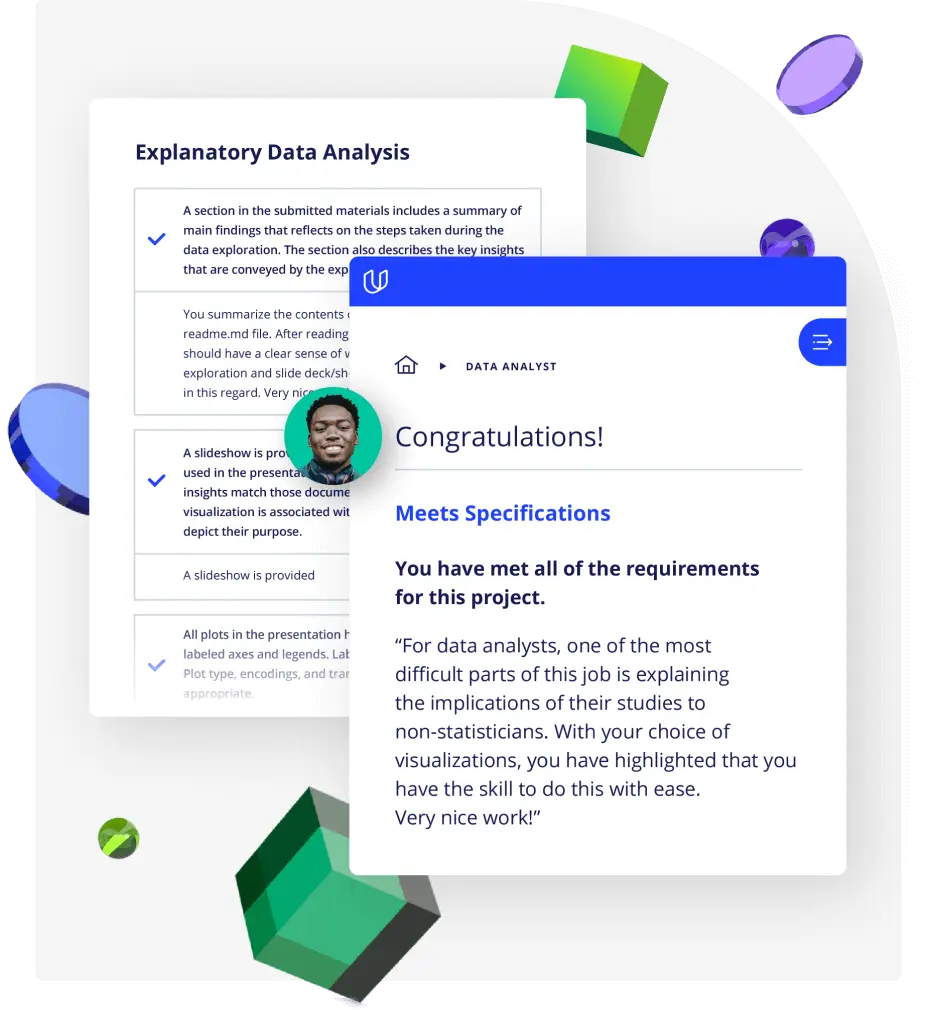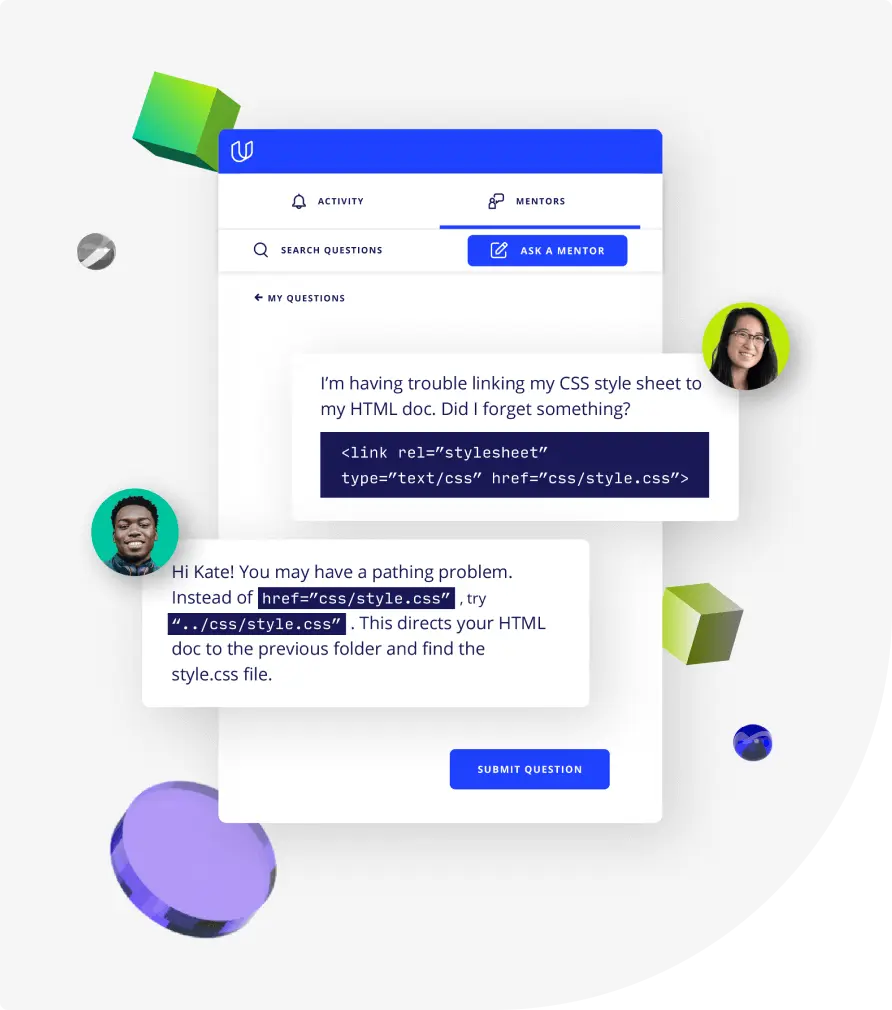Lesson 1
Microcontrollers and Microprocessors
This lesson provides a history of processing components, tracing the evolution from vacuum tubes to modern technology. It then differentiates MPUs and MCUs, detailing their respective characteristics.

Course
This course will provide an overview of embedded systems, including the history of processing components and the differences between microcontrollers and microprocessors. You will also learn about resources and peripheral devices common to embedded systems and analog and digital signals. By the end of this course, you will be able to design a variety of embedded systems and decode a simple message using the UART protocol.
This course will provide an overview of embedded systems, including the history of processing components and the differences between microcontrollers and microprocessors. You will also learn about resources and peripheral devices common to embedded systems and analog and digital signals. By the end of this course, you will be able to design a variety of embedded systems and decode a simple message using the UART protocol.
Beginner
8 hours
Completion Certificate
Last Updated November 29, 2023
Skills you'll learn:
Prerequisites:
Lesson 1
This lesson provides a history of processing components, tracing the evolution from vacuum tubes to modern technology. It then differentiates MPUs and MCUs, detailing their respective characteristics.
Lesson 2
This lesson explores the types of resources and peripherals in embedded systems. Then, it's followed by an in-depth review of the most commonly used peripherals within each type.
Lesson 3
This lesson gives an introduction to the characteristics of analog and digital signals and also the tradeoffs between the too. Also, set the foundation for a deeper dive into digital signals.
Lesson 4
Building upon a basic understanding of digital signals, this lesson delves into advanced topics on digital signals, including tri-state logic and various logic families and their integration.

Embedded Systems Consultant
Ozgur has a 20+ years experience in the embedded systems field with exposure to products in different domains from home entertainment to industrial control, healthcare and automotive. As well as developing professional systems, he is also passionate about learning and explaining complex concepts in simple ways.
Combine technology training for employees with industry experts, mentors, and projects, for critical thinking that pushes innovation. Our proven upskilling system goes after success—relentlessly.

Demonstrate proficiency with practical projects
Projects are based on real-world scenarios and challenges, allowing you to apply the skills you learn to practical situations, while giving you real hands-on experience.
Gain proven experience
Retain knowledge longer
Apply new skills immediately

Top-tier services to ensure learner success
Reviewers provide timely and constructive feedback on your project submissions, highlighting areas of improvement and offering practical tips to enhance your work.
Get help from subject matter experts
Learn industry best practices
Gain valuable insights and improve your skills

Unlimited access to our top-rated courses
Real-world projects
Personalized project reviews
Program certificates
Proven career outcomes
Full Catalog Access
One subscription opens up this course and our entire catalog of projects and skills.
Average time to complete a Nanodegree program
4 weeks
, Beginner
6 hours
, Beginner
6 hours
, Beginner
4 weeks
, Beginner
3 hours
, Beginner
8 hours
, Beginner
7 hours
, Fluency
8 hours
, Beginner
6 hours
, Beginner
8 hours
, Beginner
8 hours
, Beginner
4 weeks
, Intermediate
4 weeks
, Intermediate
4 weeks
, Beginner
4 weeks
, Beginner

Fundamentals of Embedded Systems
4 weeks
, Beginner
6 hours
, Beginner
6 hours
, Beginner
4 weeks
, Beginner
3 hours
, Beginner
8 hours
, Beginner
7 hours
, Fluency
8 hours
, Beginner
6 hours
, Beginner
8 hours
, Beginner
8 hours
, Beginner
4 weeks
, Intermediate
4 weeks
, Intermediate
4 weeks
, Beginner
4 weeks
, Beginner